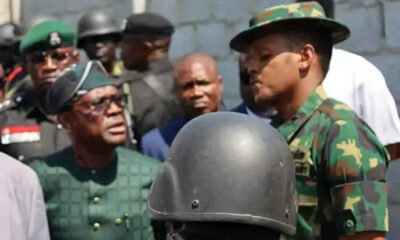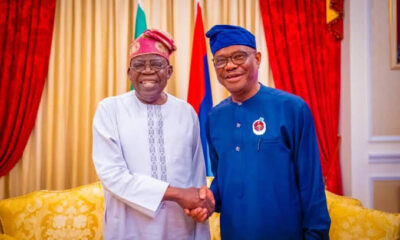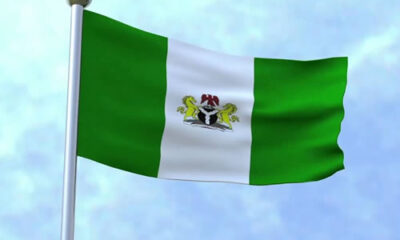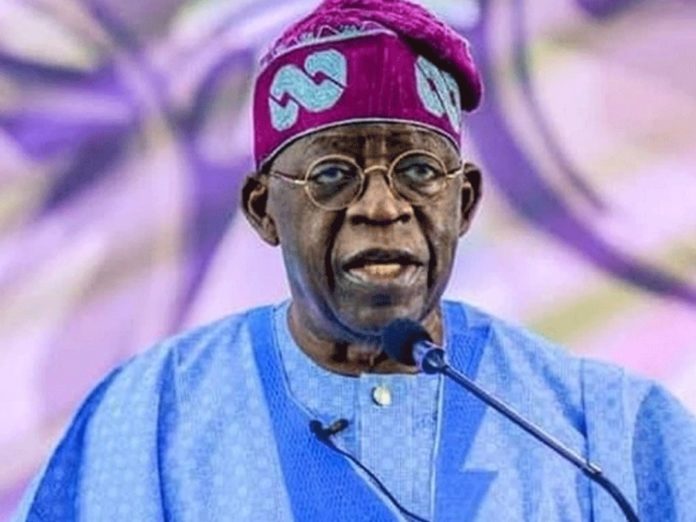Africa
Headline, Byline And Dateline As Journalistic Battle lines -By Isaac Asabor
Consider how many Nigerians have already grown cynical about the media. They complain of “fake news,” “brown envelope journalism,” and biased reporting. Much of this cynicism begins at the gate, when readers are lured by a misleading headline, disappointed by a faceless byline, or confused by a dishonest dateline. If journalism cannot be trusted in its first three words, why should it be trusted in its thousandth?

Journalism has always been described as the first rough draft of history. Yet before the first sentence of any report is read, three silent gatekeepers shape the way the story is received: the headline, the byline, and the dateline. To the casual reader, these may appear to be minor details, mere formality before the “real story” begins. But to those of us in the trenches of the newsroom, they are anything but ordinary. They are the battle lines upon which trust, credibility, and sometimes even careers rise or fall.
Given the backdrop of the foregoing view, the headline is unarguably where truth meets temptation. This is as it is not just an accessory; it is the battle cry of any story. In today’s media environment, it is the single most important factor in determining whether a piece is read at all. But this importance has created its own monster. Click-driven economics has turned many headlines into carnival barkers, shouting louder and louder for attention. Nigerian online tabloids have mastered this dark art: “BREAKING: Governor in Hot Soup Over Secret Deal” might lead to a story about nothing more than a routine budget dispute. Meanwhile, traditional newspapers, once bastions of sobriety, have not been entirely innocent. In the race to stay relevant in the digital age, some have begun borrowing from the tabloid playbook.
This is not merely a stylistic issue. A misleading headline damages the very foundation of journalism: truth-telling. A reader who feels tricked once may not return. Worse still, sensational headlines can inflame public sentiment, distort reality, and even provoke violence in fragile societies. Headlines should provoke curiosity, yes, but never at the cost of accuracy.
The byline is not just a line of text; it is the soul of authorship etched upon the page. More than ink, it is the journalist’s seal, a quiet oath of fidelity to truth and craft. A story that bears a byline whispers with unmistakable conviction: “This is my voice, my labour, my name—and I claim it.”
Sadly, newsroom practices in Nigeria and elsewhere often undermine this principle. Too often, sensitive stories are attributed to “staff reporter” or “By our correspondents” to shield identities. In some cases, reporters who do the heavy lifting lose their bylines because the story touches powerful political or corporate interests. On the flip side, lazy rewrites of press releases sometimes carry undeserved bylines, diluting the value of this sacred signature.
Bylines matter because they are tied to credibility. When a journalist has a track record of accuracy, the reader begins to trust not just the news outlet, but the individual. Conversely, hiding behind anonymity erodes that accountability. If we want the public to take journalists seriously, then bylines must be respected as hard-earned badges of trust, not political bargaining chips.
In a similar vein is the dateline, the essence of which is to anchor truth in time and place. The dateline may appear mundane, but it is a subtle weapon in journalism’s battle for credibility. It grounds a report in both geography and chronology, reminding readers that stories emerge from real places and at specific times.
Yet, in the scramble for speed, some newsrooms misuse datelines. Stories are sometimes filed with locations that give the illusion of “being there” when, in fact, the reporter is reporting remotely. During Nigeria’s last general elections, for instance, there were stories datelined from polling units where reporters were never physically present. Readers rarely notice, but when they do, trust is shattered.
The dateline also has symbolic importance. A story datelined Maiduguri carries the weight of insecurity and resilience. One datelined Onitsha signals the pulse of commerce. Stripping or manipulating datelines robs journalism of its rootedness in reality.
At this juncture, not a few readers might have wondered what is the rationale behind this view been expressed. The reason for this view cannot be pooh-poohed as the “line” battles unarguably matter in journalism; if not for anything, for balance and credibility.
Some may argue that these are minor newsroom details and technicalities. But in reality, they are anything but in a world drowning in misinformation, these three markers serve as trust signals. When they are manipulated, ignored, or abused, they do not just harm individual stories, they harm the institution of journalism itself.
Consider how many Nigerians have already grown cynical about the media. They complain of “fake news,” “brown envelope journalism,” and biased reporting. Much of this cynicism begins at the gate, when readers are lured by a misleading headline, disappointed by a faceless byline, or confused by a dishonest dateline. If journalism cannot be trusted in its first three words, why should it be trusted in its thousandth?
At this juncture, it is expedient to draw the battle lines clearly. The headline must strike a balance: catchy enough to command attention but faithful enough to respect the reader. The byline must be treated with reverence, not casually withheld or unjustly granted. Then, in a similar vein, the dateline must always reflect reality, not convenience.
This is where editors, reporters, and publishers must take responsibility. Editors, in particular, hold the sharpest pen. Too many times, reporters have watched in horror as their carefully crafted, balanced story was saddled with a sensational headline they did not write. Editors defend this as “selling the paper,” but it is a short-term gain with long-term costs. The reader betrayed today is the reader lost tomorrow.
At this juncture, it is expedient to ask, “Which way forward?” To answer the foregoing question, it is germane to opine that if journalism is to win back the trust of its audience, these battle lines must be respected. Media houses should establish clear ethical guidelines:
Headlines should be required to pass both the “accuracy test” and the “respect test.” If a headline misleads or insults reader intelligence, it fails.
In a similar vein, bylines should be sacrosanct. Reporters deserve recognition for their work, and anonymity should only be used sparingly for genuine security reasons.
Also in a similar vein, datelines must reflect reality, not convenience. This is as transparency is better than pretense.
In the end, the headline, byline, and dateline are not mere ornaments of journalism. They are its battle standards. If we compromise them, we compromise the craft itself.
The public is watching. Readers may forgive a typo, but they will not forgive being misled. The credibility war begins at the top of the page, and journalists must decide which side of the battle lines they stand on.
























